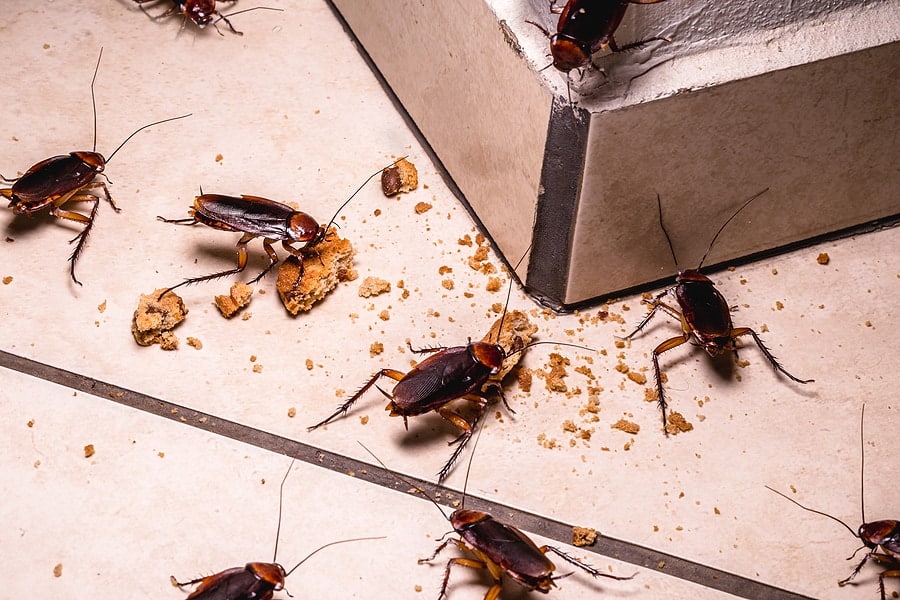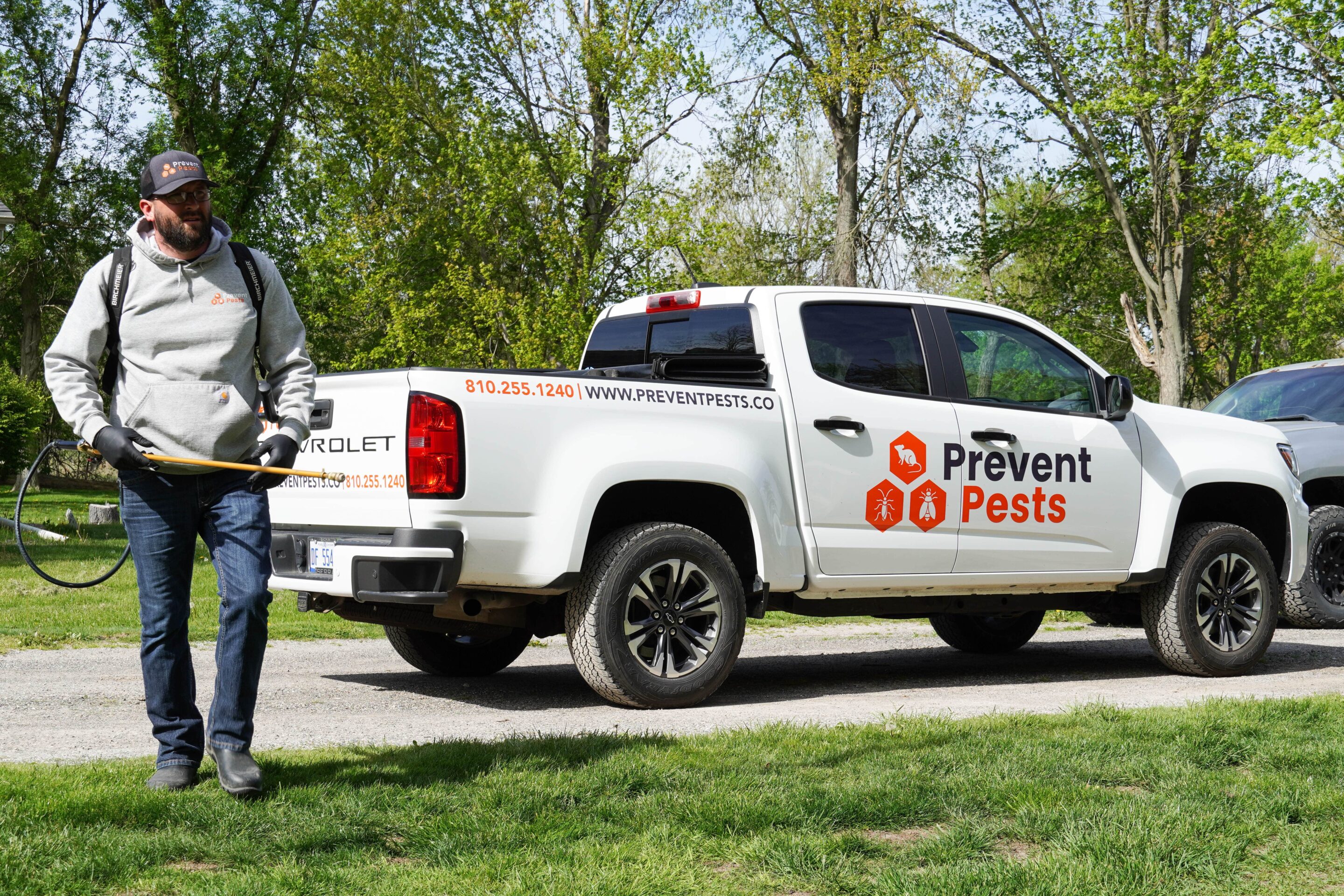Cockroaches Facts & Information
Prevent Pest Control is always reliable. Always innovative.
What You Should Know About Cockroaches
Cockroaches are among the most ancient pests still in existence today, having been around for millions of years. They have adapted to a variety of habitats, and they are closely related to termites; they are members of the Blattodea order. The nocturnal habits, fast reproduction, and extreme hardiness of cockroaches are well-known facts about this insect. They become notoriously hard to get rid of after becoming prevalent in houses, restaurants, and structures. Because of their connection to unsanitary settings and possible health hazards, cockroaches are often considered undesirable bugs.

Our Services
Expertise and Reliability
Mosquito Guid
Tick Guid
Bed Bug Guid
Flea Guid
Cockroach Guid
Yellow Jacket Guid
Carpenter Ant Guid
Rodent Guid
What Cockroaches Look Like and How They Grow
To propel themselves quickly over the ground, cockroaches use their six spiny legs and long, thin antennae. Their bodies are flat and oval. While some species may seem almost black, the majority range in hue from reddish-brown to dark brown. Cockroaches can range in size from half an inch to over two inches, depending on the species. The three main parts of the body are the head, thorax, and abdomen. Although not all cockroach species fly, several do possess wings.
Size and wing development are two areas where some species’ males and females vary somewhat. One difference between the sexes is the length of the wings; males often have larger, outstretched wings, while females often have shorter or nonexistent wings. During an inspection, these distinctions may aid in identification.
There are three distinct stages in a cockroach’s life cycle: egg, nymph, and adult. A female’s ootheca will contain one egg or eggs, and there may be hundreds of them. The young nymphs look like little, wingless copies of the adults as they hatch. They go through multiple molts in the weeks or months before reaching full maturity.
What Makes Cockroaches Different from Other Insects
The adaptability and resiliency of cockroaches have made them famous. For as long as a month and a week, respectively, they may go without food and water. Although most species prefer to crawl, a few are able to glide or fly short distances. Their long antennas aid in night navigation, and their flat bodies make them ideal for navigating confined locations. Additionally, cockroaches can survive exposure to germs and poisons that would kill off other types of insects because of their robust immune systems. Their ability to adapt makes them very difficult to manage after they’ve made themselves at home inside.
Daily Routines and Living Habits of Cockroaches
The cockroach is a nocturnal bug, which means it is most active during the night. Under sinks, behind appliances, or in the spaces between walls are among the darkest and moist places you could find them during the day. Their diet consists of a wide variety of organic materials, including leftovers from various foods, as well as oil, paper, and even glue. In its lifespan, a female cockroach may lay hundreds of eggs in an egg case, and those eggs will hatch into nymphs that develop rapidly.
When you find cockroaches indoors, it’s usually in a damp, dark place near food, water, and shelter, such as a kitchen, bathroom, basement, or utility room. Sewers, mulch beds, trash cans, and other things are common places to find them. They disperse rapidly when a light is switched on because they like warm, damp places and try to avoid strong light. They like to congregate around water sources, such as dripping pipes or drains, because of their need for moisture.
How to Spot and Understand a Cockroach Infestation
Serious hygiene issues can arise from cockroach infestations because the insects can spread germs from sewers and trash to surfaces and food. In addition to a musty odor, common symptoms include droppings that smell like coffee grounds or black pepper, shed skins, and egg cases. If you look closely, you can see cockroaches hiding in crevices, behind appliances, beneath sinks, and inner cabinets.
Some people, particularly children, are more sensitive to their presence, and it can be stressful or uncomfortable for those who live or work in areas where they are found. Although they typically do not cause physical harm, their capacity to transmit diseases makes them a nuisance in residential and commercial areas.
How Cockroaches Can Affect Your Health and Safety
Cockroaches pose a number of health risks, although they are not known to bite people very often. The germs they carry have the potential to infect food and surfaces with diseases like Salmonella and E. coli, among others. Asthma and allergic reactions can be exacerbated in children and other susceptible individuals when they come into contact with cockroach saliva, droppings, and shed body parts.
Exposure symptoms may manifest as a runny nose, watery eyes, rash, or coughing. In extremely unusual circumstances, allergens associated with cockroaches can cause severe respiratory problems requiring medical attention. Even though cockroaches aren’t violent, they pose a threat to public health because of the diseases they can transmit and the air pollution they cause.

Get a Free Quote Today!
"(Required)" indicates required fields
